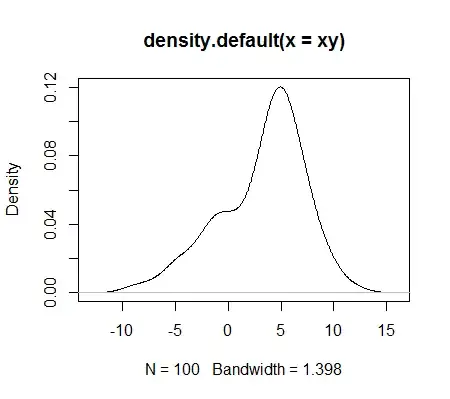There is a dataset I'm working on and there are 6 columns with continuous values which are noisy. Here is how these columns look like in term of histogram and boxplot:
As you can see, these columns are crowded with outliers. So I tried to remove these outliers and it dropped 41% of rows. I can take that much lost but the problem here is that even after this much data lost, outliers still exists:
data is now definitely in better shape but there are outliers in data still.
The code I'm using for IQR method:
columns_with_continuous_values = ['age', 'fnlwgt', 'education_num', 'capital_gain', 'capital_loss', 'hours_per_week']
Q1 = test_df[columns_with_continuous_values].quantile(0.25)
Q3 = test_df[columns_with_continuous_values].quantile(0.75)
IQR = (Q3 - Q1)
test_df = test_df[~((test_df < (Q1 - 1.5 * IQR)) | (test_df > (Q3 + 1.5 * IQR))).any(axis=1)]
Then I tried running that above code 3 more times (4 times total) and after that, all outliers were gone, yet I lost 62% of row:

I am fine with all these data loses but I have a feeling that I'm doing something wrong since I have to run IQR outlier removal method 4 times.
so here are my questions: Am I doing IQR right? if yes, then why I have to run it 4 times to remove all outliers? Isn't is supposed to eliminate all outliers in one run?

